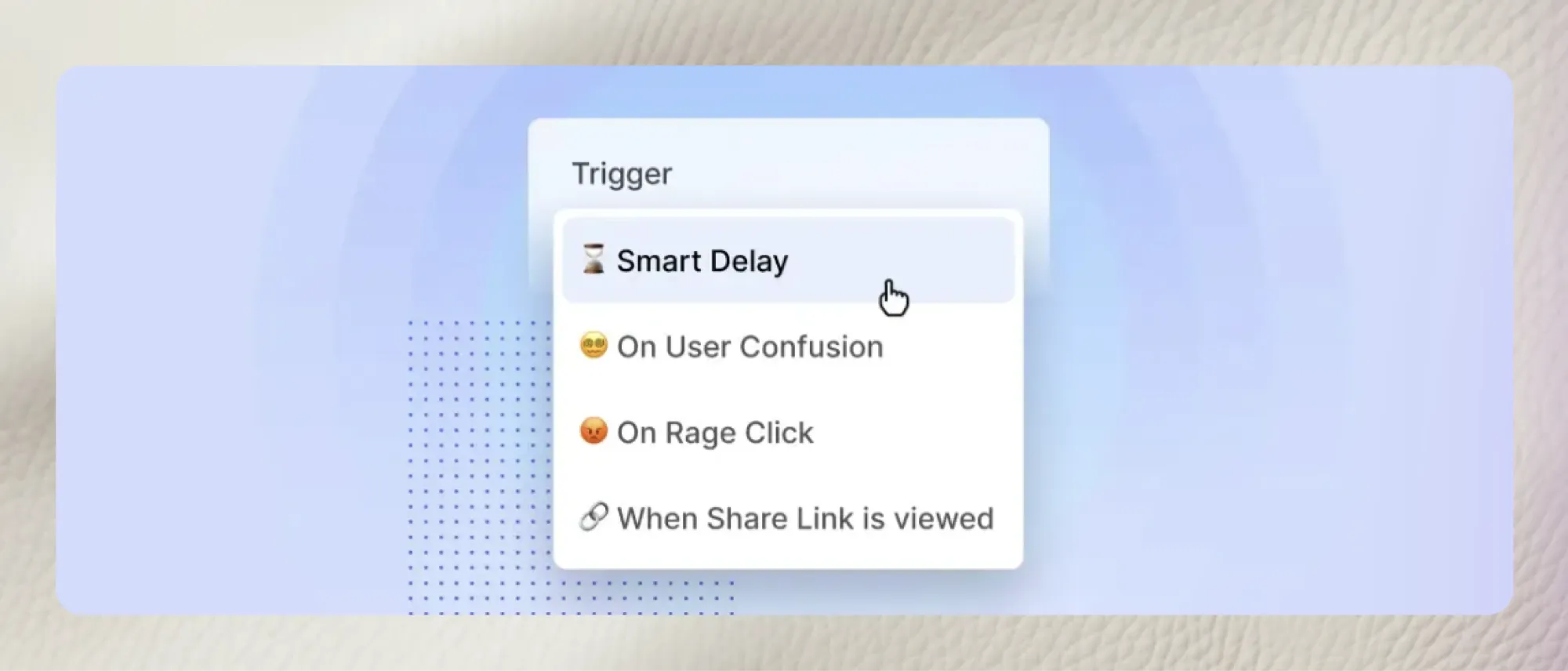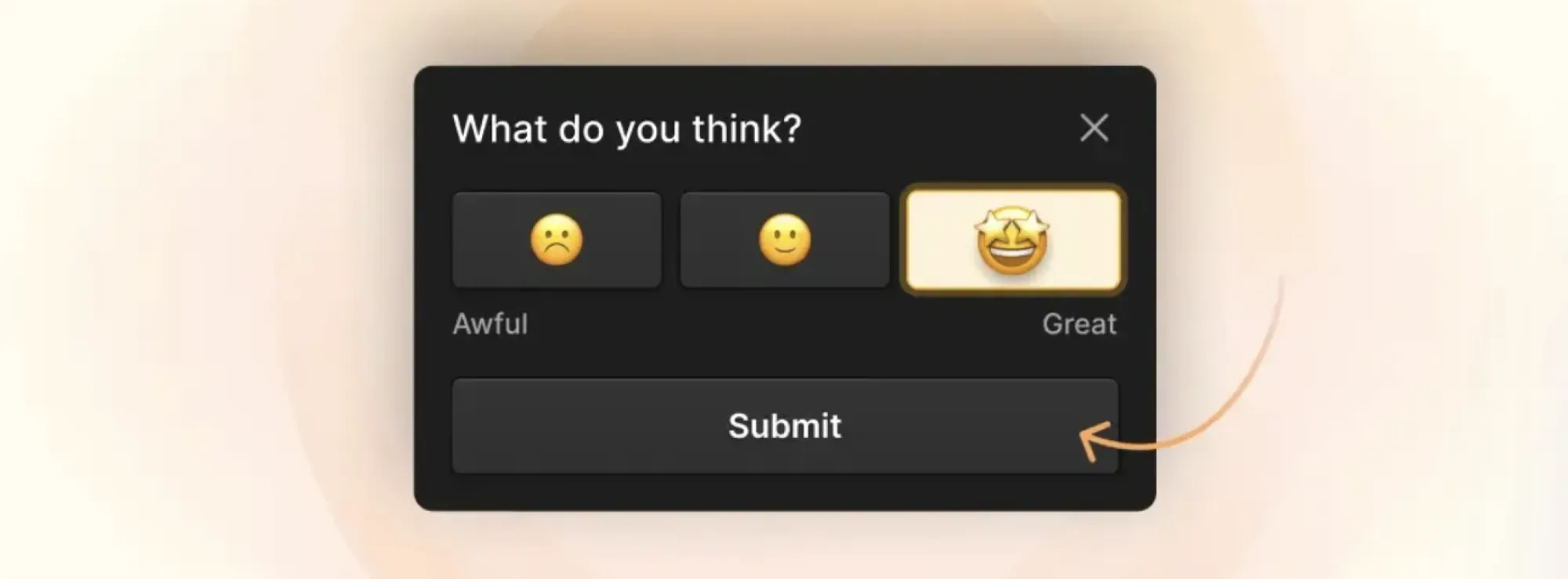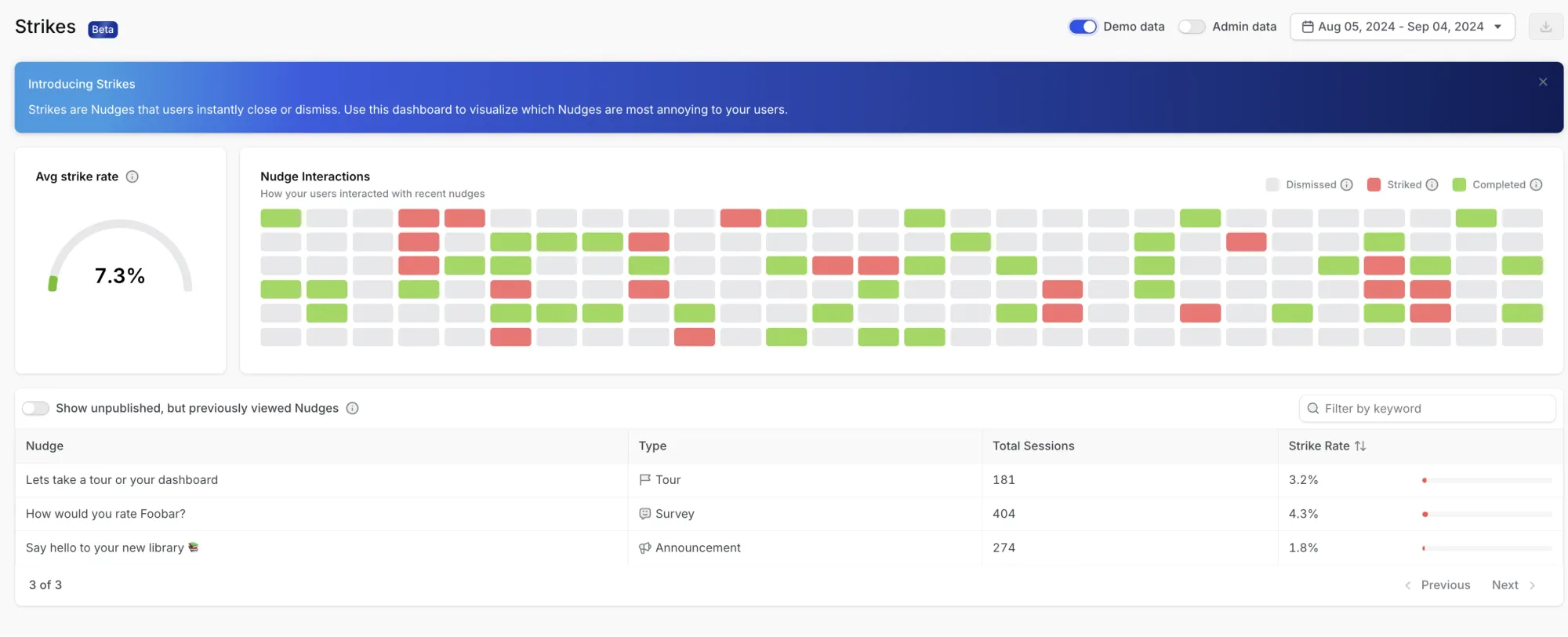How to succeed at SaaS Customer Success: our Command AI perspective
Combining both the highly personal and white glove with an AI-driven and personalized array of self-serve tools allows us to provide the best of both worlds to our users.

Over the last decade, how start-ups perceive and measure customer success has profoundly evolved.
In the old days, customer success was … customer support. It was about managing complaints. We just had customer service reps, those help desk agents—the people who answered the phone but perhaps did little to resolve your issue.
Or, you had mediocre logic-tree chatbots that couldn't do much more than route you to articles or canned answers.
That was the standard for many years.
However, there has been a recent renewed emphasis on customer success and customer experience, particularly within the B2B SaaS world.
It’s become clear that to stand out amidst the sea of startups and technology, you need a great product and excellent customer success and satisfaction. This requires a combination of powerful self-serve options that are easy to use and more white-glove, human-led service when needed.
I think it’s helpful to share some ways we approach customer success at Command AI and discuss how you can incorporate some of those lessons into your startup.
Customer Success as an End-to-End Discipline
We see customer success is an end-to-end, experience-focused discipline. It involves more than onboarding or addressing issues. It has to be thought about and prioritized from the moment a customer first interacts with your product until they make a churn or retention decision.
We divide the approach into two categories: self-service and human-led. For most products, it would be best to implement both strategies. Some more straightforward tools don’t require much documentation or education and can be used natively without much training.
For instance, a tool like a PDF converter only needs basic instructions—upload a file, click a button, and download the result. In this case, a human-led approach might not be necessary.
On the other hand, enterprise-level tools often require teams of people to deploy them due to their complexity and depth.
Most products fall somewhere in the middle and need a combination of self-service and human support.
The Role of Speed and Accessibility in Self-Serve Support
Great self-serve help is essential because it’s easy for customers to access quickly. While time to resolution isn’t the only metric to optimize for, it’s often one of the most important for maintaining high customer success.
Customers who sign up want to get value from your product as quickly as possible during onboarding.
Throughout the product experience, the faster you can answer their questions and offer self-serve options, the better.
Again, this doesn’t mean you shouldn’t offer human-led options, but in an ideal state, if a product could provide self-serve possibilities with 100% satisfaction, that would be the goal. Self-service options come in many forms—knowledge bases, help documentation and AI-powered tools like chatbots and Copilots that assist users by making all that data easily accessible.
For example, our Copilot connects to all help documents, allowing users to query it for answers in text or engage in a co-browsing experience. It can also launch product tours and checklists, keeping users on track and improving their interaction with help documentation.
This cobrowsing with your users hand-holds them through the product!
Smart Triggers and Contextual Guidance
In addition to self-service reactive options, providing contextually proactive guidance at the right time is essential. Users should receive the correct information at the right time. This means using intelligent triggers based on user behavior—such as rage-clicking or confusion—that prompt helpful responses when needed. It’s equally important to know when not to intervene. Avoiding overbearing prompts helps prevent pop-up fatigue.

The more personalized this experience is, the better. Using smart triggers, customized information, and segmentation to target different user needs boosts retention and satisfaction. These strategies improve customer success by reducing friction and making the product more straightforward.
The Importance of Human Interaction
While self-service is crucial, human interaction is still a key component for most products. Users who can't get answers from a copilot or help docs seek a resolution through human support.
While the advent of generative AI tools trained on help docs allows for more nuanced responses, but even this isn’t always enough. For complex products, the human touch is often necessary. Customer Success Managers (CSMs), customer support agents, and other team members can provide that human element, offering answers, reassurance, and trust-building with the product. These managers should be proactive, guiding users through onboarding, answering questions, and building strong relationships between the customer and the product.
Proactive Communication with Customers
In practice, this means contacting customers, even when they don’t have issues, via email or Slack to ask how things are going. CSMs can personalize the onboarding experience for more complicated products based on specific needs and use cases. A dedicated customer success manager for each account is critical to a successful customer success strategy. It’s not just about reactive support — it’s about proactive communication that builds relationships and trust.
Using Data to Improve Product and Customer Success
While human interaction and self-service options are the primary ways to handle customer support, using data to deduce issues and prevent churn is another crucial element. When your product gathers extensive user data and insights, you can better understand user behavior and identify potential problems before they become acute.
For example, consistent CES (Customer Effort Score) and CSAT (Customer Satisfaction) surveys, coupled with user intent signals from AI chatbots and real-life feedback, can reveal problem areas early.

If complaints are increasing in one location or a new rollout isn’t going smoothly, you can address these issues before they become more significant problems.
Another interesting way to observe this is through the strikes dashboard which shows you how folks are engaging with your nudges. When they strike them out (close them) at high rates, it might indicate that you're messaging is off or that the product is not relevant to that person.

In this dashboard, you can compare your nudges against each other and determine what converts the highest. And observe potential issues with your targeting your messages.
Customer feedback in your product decision-making process creates a positive feedback loop that improves the product over time. This ensures customer support and product development work together to enhance the overall experience.
Personalizing Communications with AI
Another way to maximize customer success is to use AI to personalize and target your communications better. This applies to customer support and other messaging, product orders, surveys, and feedback requests. AI helps ensure you’re targeting the right messages to users, resulting in better data and less user frustration.
Instead of sending surveys in a “spray and pray” approach, AI allows you to trigger surveys based on specific events or user behavior. This increases the accuracy of your data while reducing survey fatigue and non-response bias. Targeted surveys can ask relevant users for their opinions about specific features rather than sending irrelevant questions to those who may not use those aspects of the product.
The Power of Dedicated Customer Channels
One essential tactics we’ve found in customer success and support is having dedicated Slack channels for all our customers.

While this may seem small, it represents a direct line of communication and visibility in both directions. It’s a space for users to get direct answers and build relationships with your team and product. Conversely, it offers insight into what users say and allows quick check-ins without seeming intrusive.
Our Customer Success Managers maintain these channels and ensure quick responses to queries. Even if we can’t solve an issue immediately, we respond immediately to let the customer know we’re working on it. While this might seem challenging to scale, there are ways to ensure users still feel connected without being too resource-heavy. Maintaining a Slack channel is less demanding than it might appear and can go a long way in building stronger customer relationships.
Combining both the highly personal and white glove with an AI-driven and personalized array of self-serve tools allows us to provide the best of both worlds to our users — and you to yours!
